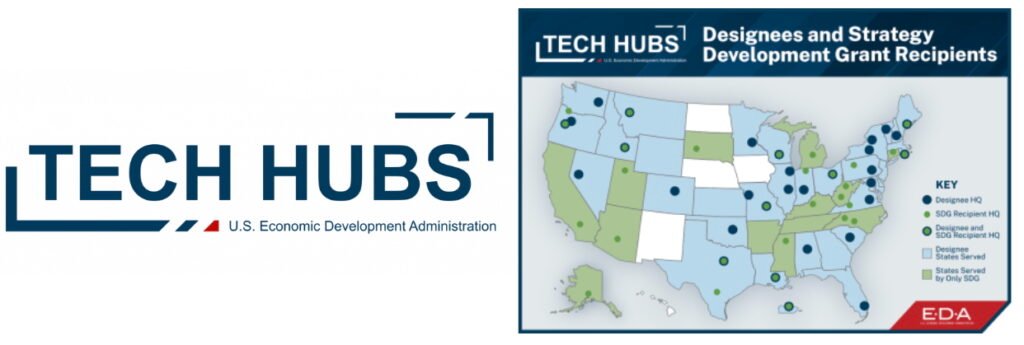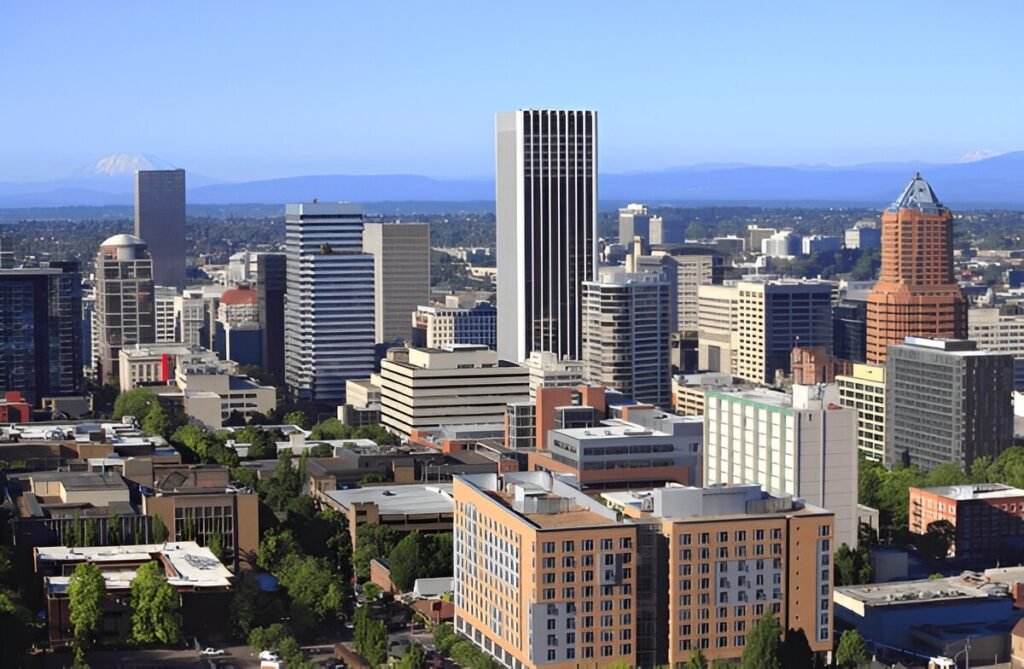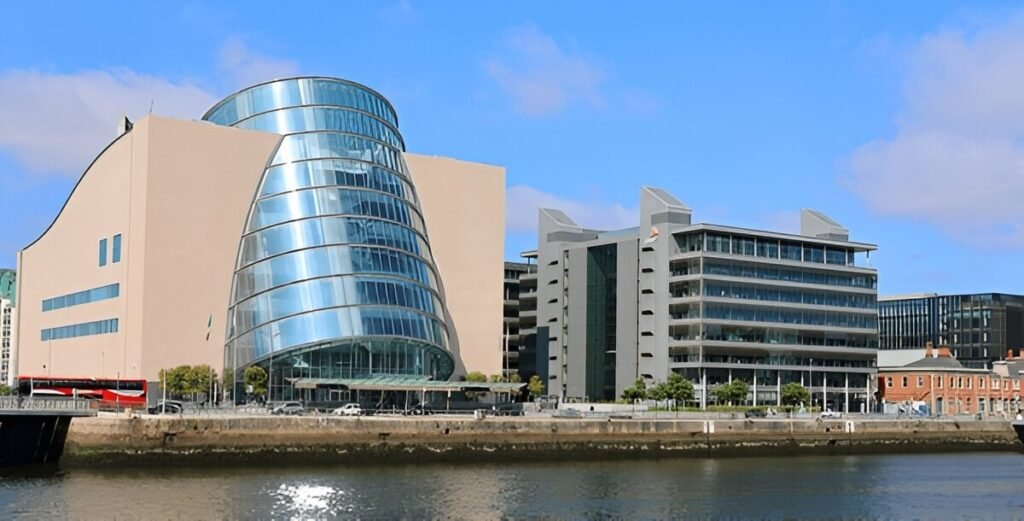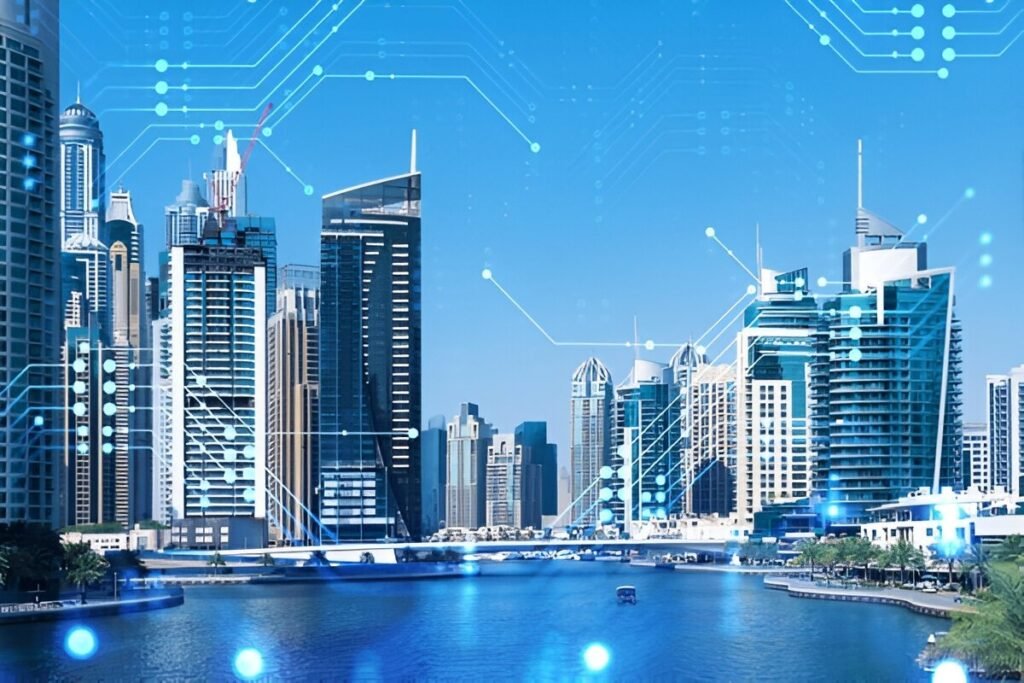The term “tech hub” once conjured images of San Francisco’s Silicon Valley, a region dominated by big-name startups and venture capital. But by 2025, this definition has broadened. Policymakers and industry leaders alike are rethinking what a tech hub represents in a post-pandemic, globally distributed workforce landscape.
A modern tech hub is no longer just a place where tech companies cluster. It’s a multi-faceted, policy-driven environment that fuses innovation, workforce development, infrastructure, and inclusivity. From public-private partnerships to government-funded initiatives, today’s tech hubs are strategic tools for regional economic transformation.
This shift isn’t merely symbolic. It has regulatory, economic, and cultural consequences that are reshaping how cities, nations, and corporations approach innovation. The U.S. Department of Commerce’s Tech Hubs program is one such example of policy actively engineering new innovation ecosystems.
Federal Strategy and the Rise of Regional Tech Hubs
In late 2023, the U.S. Economic Development Administration (EDA) launched its Tech Hubs initiative, designed to decentralize innovation away from traditional coastal powerhouses. This initiative aims to stimulate high-tech economic development in underrepresented regions.

By funding tech-focused clusters across the country, the EDA is tackling innovation inequality head-on. Cities like Hartford, Connecticut, where Infosys established its Tech & Innovation Hub, are benefiting from increased investment, skilled job creation, and tech-led urban revitalization.
Policy architects argue that such decentralization mitigates the economic fragility of concentrating too much innovation in a few regions. It also supports national security by diversifying the geographic sources of technological expertise.
Tech Hub: Corporate Anchors and Community Development
Lowe’s tech hub in Charlotte, North Carolina exemplifies how corporations can drive regional tech identities. By investing in data analytics, cybersecurity, and retail innovation, Lowe’s has embedded itself into the fabric of the local tech economy.
Unlike typical branch offices, these hubs are comprehensive innovation centers. They offer coworking spaces, university partnerships, and innovation labs. Lowe’s tech hub also reflects how corporate strategies increasingly align with civic goals, such as workforce training and digital literacy.
Such developments compel local governments to adapt zoning laws, transportation planning, and educational programs to meet the demands of emerging tech clusters. The result is a policy dialogue between public authorities and private innovators.
West Coast Cities Beyond Silicon Valley
Even within tech-saturated states like California, there’s a push to redefine and distribute the notion of a tech hub. Cities like San Diego, Sacramento, and Portland are cultivating distinct tech profiles.

San Diego focuses on biotech and defense tech, fueled by military proximity and top-tier research institutions. Sacramento, traditionally a government town, is leveraging state tech contracts to grow civic tech startups.
These examples show how city planning, state legislation, and local economic incentives can redefine tech ecosystems. They reinforce that a successful tech hub doesn’t mimic Silicon Valley—it adapts its strategy to local strengths and policy opportunities.
Tech Hub: International Perspectives and Innovation Parity
Globally, the tech hub concept is also evolving. From Dublin to Dubai, local governments are shaping innovation corridors through special economic zones, R&D tax incentives, and international startup visas.
Ireland’s Digital Hub, for example, exemplifies how national policy can enable grassroots innovation. Positioned as a bridge between EU regulation and global tech standards, it balances privacy rights, digital taxes, and open data initiatives.

Such international case studies highlight the geopolitical nature of tech development. They also pressure U.S. policy to remain competitive and proactive in fostering inclusive, sustainable innovation.
Global Tech Hubs at a Glance
To better understand the international landscape of tech innovation, it’s helpful to examine prominent tech hubs across continents. These examples illustrate the diversity in focus, scale, and strategic orientation worldwide.
| Continent | Tech Hub Name | City | Since | Key Feature | URL |
|---|---|---|---|---|---|
| North America | Silicon Valley | San Francisco Bay Area, USA | 1970s | Global epicenter of tech innovation and venture capital, home to Apple, Google, Meta. | svlg.org |
| North America | Austin Tech Hub | Austin, USA | 2000s | Rapidly growing startup ecosystem with strong government and university support. | austintechnologycouncil.org |
| North America | Boston Tech Hub | Boston, USA | 1980s | Strong in biotech, health tech, and academic research from MIT and Harvard. | bostontech.org |
| Europe | London Tech City (Silicon Roundabout) | London, UK | 2008 | Leading European hub for fintech, AI, and creative tech. | technation.io |
| Europe | Dublin Silicon Docks | Dublin, Ireland | 2000s | European HQ for Google, Facebook, LinkedIn, with strong startup growth. | silicondocks.ie |
| Europe | Berlin Tech Hub | Berlin, Germany | 2010s | Vibrant startup culture, low cost of living (compared to other EU capitals), creative industries. | berlinstartupmap.com |
| Europe | Lisbon Tech Hub | Lisbon, Portugal | 2016 | Host of Web Summit, fast-growing digital nomad and startup ecosystem. | startuplisboa.com |
| Europe | Barcelona Tech City | Barcelona, Spain | 2013 | Strong in IoT, smart cities, and design-tech convergence. | barcelonatechcity.com |
| Middle East | Dubai Internet City | Dubai, UAE | 2000 | Largest tech business community in the Middle East with global companies and regional startups. | dic.ae |
| Asia | Bangkok CyberTech District | Bangkok, Thailand | 2018 | Thailand’s first innovation district focusing on startups, AI, and smart city solutions. | true-digitalpark.com |
| Asia | Hyderabad Tech Hub (Cyberabad) | Hyderabad, India | 1990s | Known as “Cyberabad,” major IT and software export hub with campuses of Microsoft, Google, Facebook. | hysea.in |
| South America | São Paulo Tech Hub | São Paulo, Brazil | 1990s | Largest startup ecosystem in Latin America with strong fintech and SaaS sectors. | cubo.network |
| South America | Porto Digital | Recife, Brazil | 2000 | Focus on software, design, and creative industries in a historic urban setting. | portodigital.org |
This global snapshot underscores that tech hubs emerge in varied forms. Whether fueled by university research, government incentives, or entrepreneurial culture, they all depend on strategic vision and policy support. Understanding their unique attributes helps governments and investors replicate success while tailoring approaches to local contexts.
Where the Trend Is Heading
By 2025, tech hubs are less about geography and more about governance. Success hinges on collaboration: between companies and communities, universities and industries, federal agencies and local councils.
The future of tech hubs lies in metrics that measure more than startup valuations. Policymakers are beginning to track innovation equity, carbon impact, and community engagement.
As innovation becomes integral to national strategy, expect tech hubs to increasingly reflect public priorities: accessibility, resilience, and strategic autonomy. The policy choices made today will define not just where innovation happens, but who it benefits.
While this article doesn’t aim to promote any specific tech hub, it aligns with the broader mission of fostering trends, innovations, and technical insights within the global tech ecosystem. For more on the mission and values behind this content, visit qtechhub.com/about-us.



